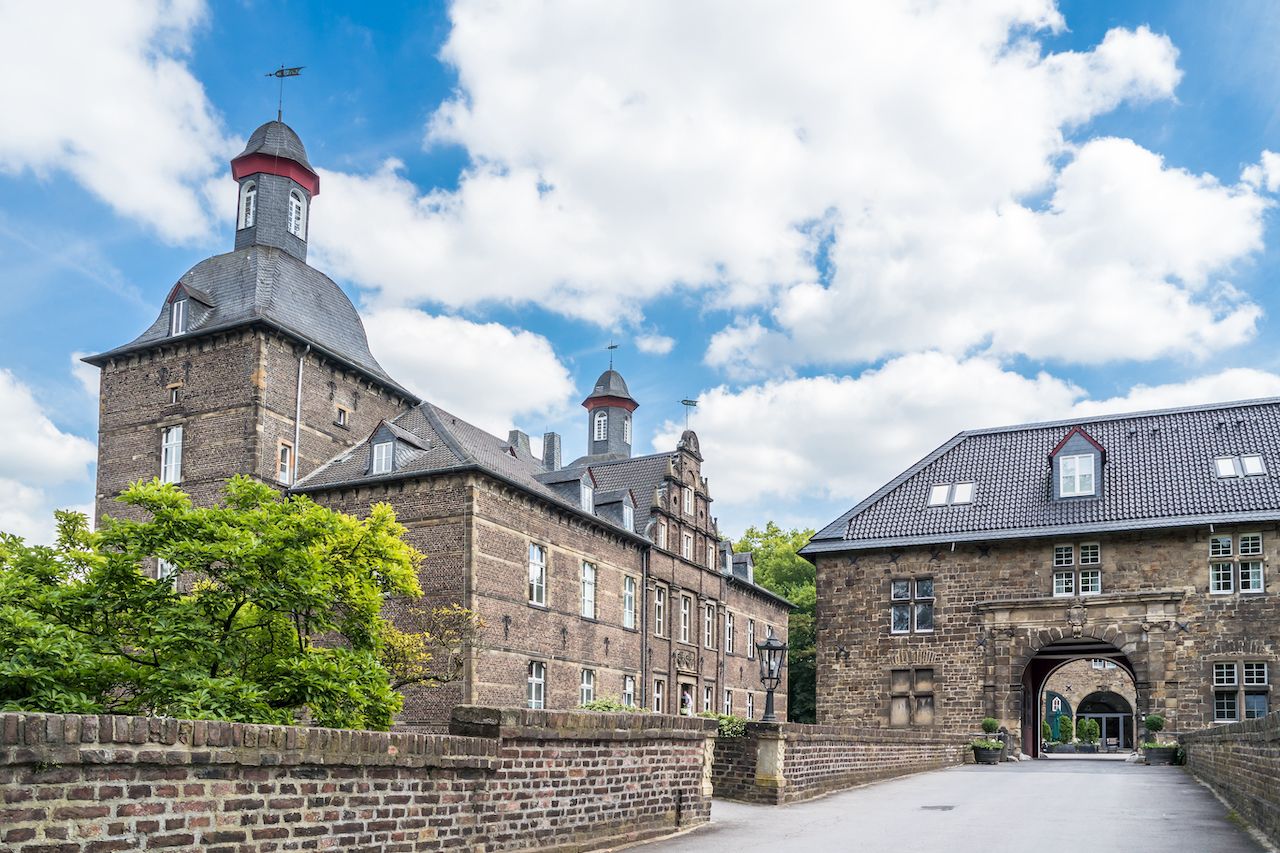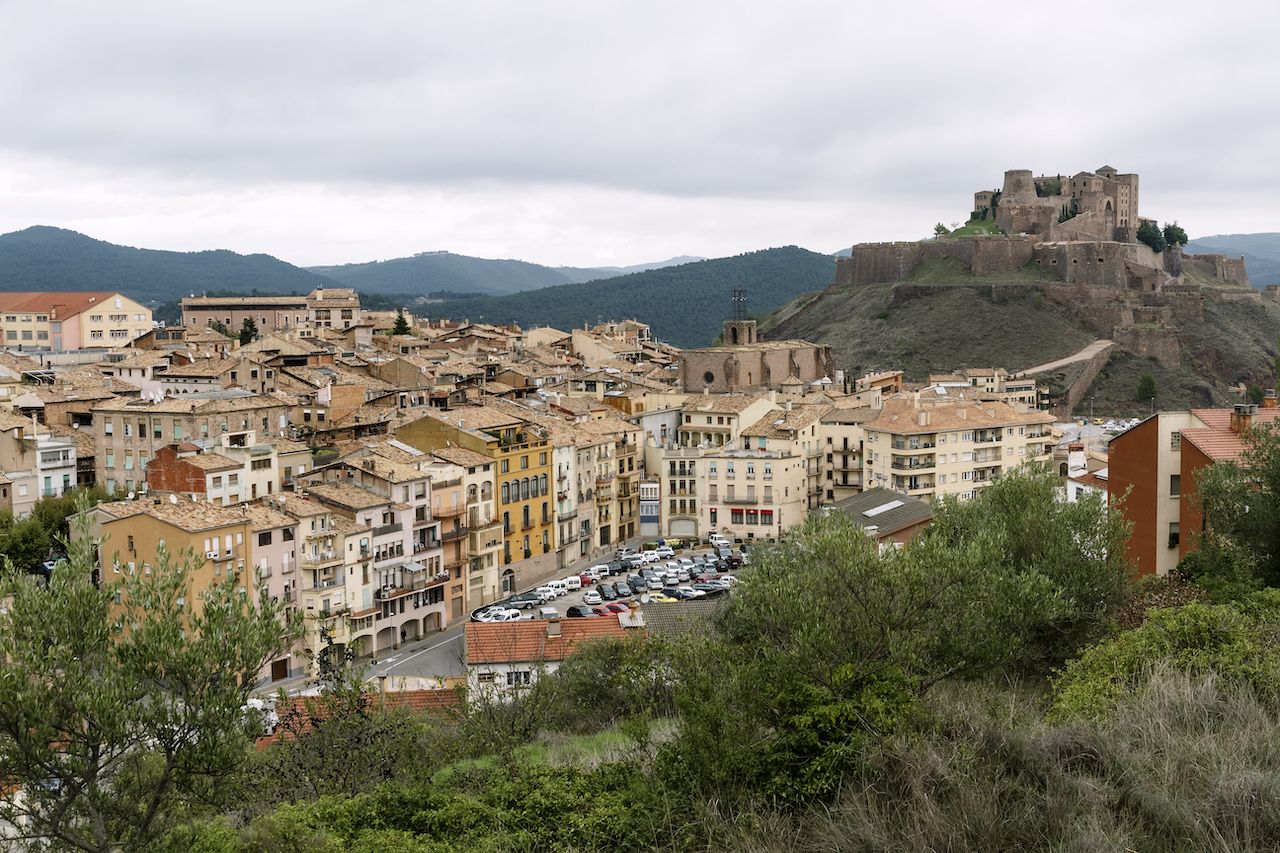Germany

Photo: Lukassek/Shutterstock
12. Schloss Hornberg
Location: Black Forest
History: A knight’s castle, dating back to the 11th century. In 1517 it was purchased as a residence and sold again in 1612 to the Barons of Gemmingen, who still own it to this day. A hotel and restaurant have been operating out of the castle since 1953.
This is interesting: They offer a “knight’s meal” for 20 – 120 people, complete with period-speak, musicians, and jugglers. The feast is prepared according to original recipes, using spices and ingredients from the middle ages.


